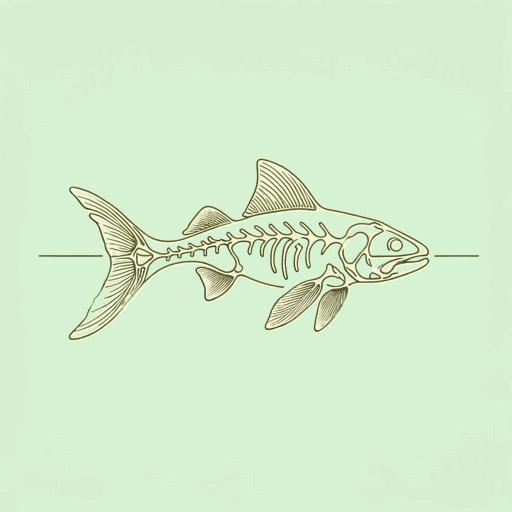33 pages • 1 hour read
Neil ShubinYour Inner Fish: A Journey into the 3.5-Billion-Year History of the Human Body
Nonfiction | Book | Adult | Published in 2008A modern alternative to SparkNotes and CliffsNotes, SuperSummary offers high-quality Study Guides with detailed chapter summaries and analysis of major themes, characters, and more.
Chapters 10-11Chapter Summaries & Analyses
Chapter 10 Summary: “Ears”
In Chapter 10, Shubin considers the biological history of our ears and ability to hear. Mammalian ears are divided into three sections: the outer, middle, and inner ears. The middle ear consists of three small bones—the malleus, incus, and stapes—whose vibrations allow us to hear noises. In the early 20th century, anatomist Ernst Gaupp published a study showing that the malleus and incus in mammals function as jaw bones in reptiles. Later, the paleontologist W.K. Gregory built on Gaupp’s study by analyzing a set of fossils, showing that over time, the malleus and incus evolved from being jaw bones in reptiles to middle-ear bones in mammals. Similarly, the stapes bone began as a jaw bone in sharks and fish and developed into a middle-ear bone in reptiles and mammals. As animals evolved to walk on land, they needed a heightened sense of hearing. In response, Mammals repurposed existing bones in the jaws of reptiles and fish and modified them for hearing (215).
The inner ear consists of a group of “gel-filled” tubes twisted into a “snail-shell shape” (217). The gel moves in response to both physical movement and noises, in turn allowing the brain to sense “sound, position, or acceleration” (217).

